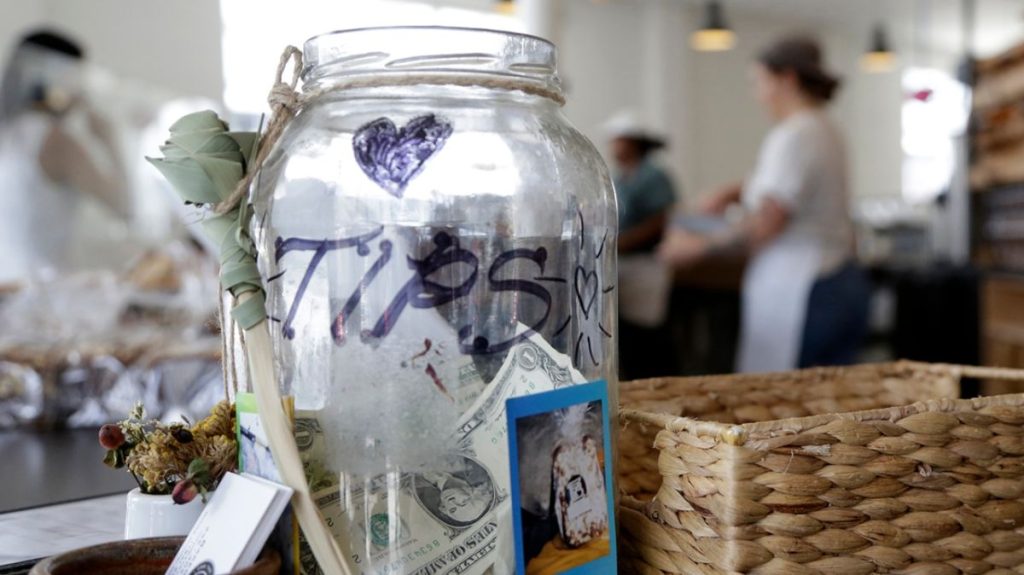It wasn’t too long ago that a standard gratuity for a server in restaurant culture was 15% or lower. Tips would be roughly estimated, jotted down on the merchant’s receipt or left on the table for the waitstaff to collect.
But recently two societal forces have worked in tandem to change the tipping culture throughout our nation. Has this recent trend affected or influenced the way locals and visitors tip in Cody at area restaurants, coffee joints, service providers and the hospitality business in general?
The COVID-19 pandemic, and touch screen tablets has set new expectations for gratuity and encouraged default tipping options. Touch-screen tablets typically present customers with three tip options, 18, 20, and 25 percent, as well as a custom tip percent. The middle option is almost always the most appealing. The pandemic created an obligation to tip because of the idled servers and struggling restaurants. Once the pandemic simmered down, the tablets remained the same, as did the new national tipping standards.
Talking to local restaurants, these factors do not seem as influential as much as the national trend. Tips have stayed relatively consistent throughout the past few years, and for both sit-down and takeout restaurants.
Sit-down restaurants, such as Trailhead Bar and Grill and Wy Thai, claim that the usual patron will tip between 18 and 20 percent. That amount has become a standard tip price, meaning that while people do not typically undertip, they also are not inclined to over tip, either.
However, the percentage of tipping from the experiences of delivery and take-out varies with specific restaurants. Wy Thai says when they were takeout only, people generally did not leave tips when picking up their order. Domino’s Pizza, which offers take-out and delivery, says that they rarely get tips for making pizzas, and the tips they do receive sidle under 5 percent of the customer’s bill. Delivery drivers for Domino’s only get tipped around 10 percent, even though a large amount of their salary relies on tips.
“I think most people just assume the delivery fee goes to us,” a Domino’s worker says.
A Wy Thai server says that although there is not a huge change, they do see a difference from when they used the touch-screen tablet for tips, noting that “Most people didn’t leave tips, but when they did, it was often higher because they could just click.
A Rawhide Coffee employee says that a big factor in what people tip is if the customer was or is currently in the service industry. According to the barista, people who work in the restaurant industry are inclined to tip more because they understand the relationship of gratuity as it relates to their hourly wage. Most waiters and waitresses make below the state minimum wage, a fact that many people aren’t aware of. Tips are critical to people in the service industry. Wy Thai’s staff agrees saying that those customers “know what it is like” to be rely on tips for their living.
For most consumers, tipping is based off of their dining experience and/or their appraisal of the service. The tips, however, are entirely subjective, and can be skewed by the perception of a meal. Sometimes, there could be a kitchen error, or a low staff day, which can make for a worse experience for the customer. More times than not, this reflects poorly on the server, and will result in a lower tip, the server has no control over the situation.
As far as Cody patrons, tipping rates are average to above-average.










